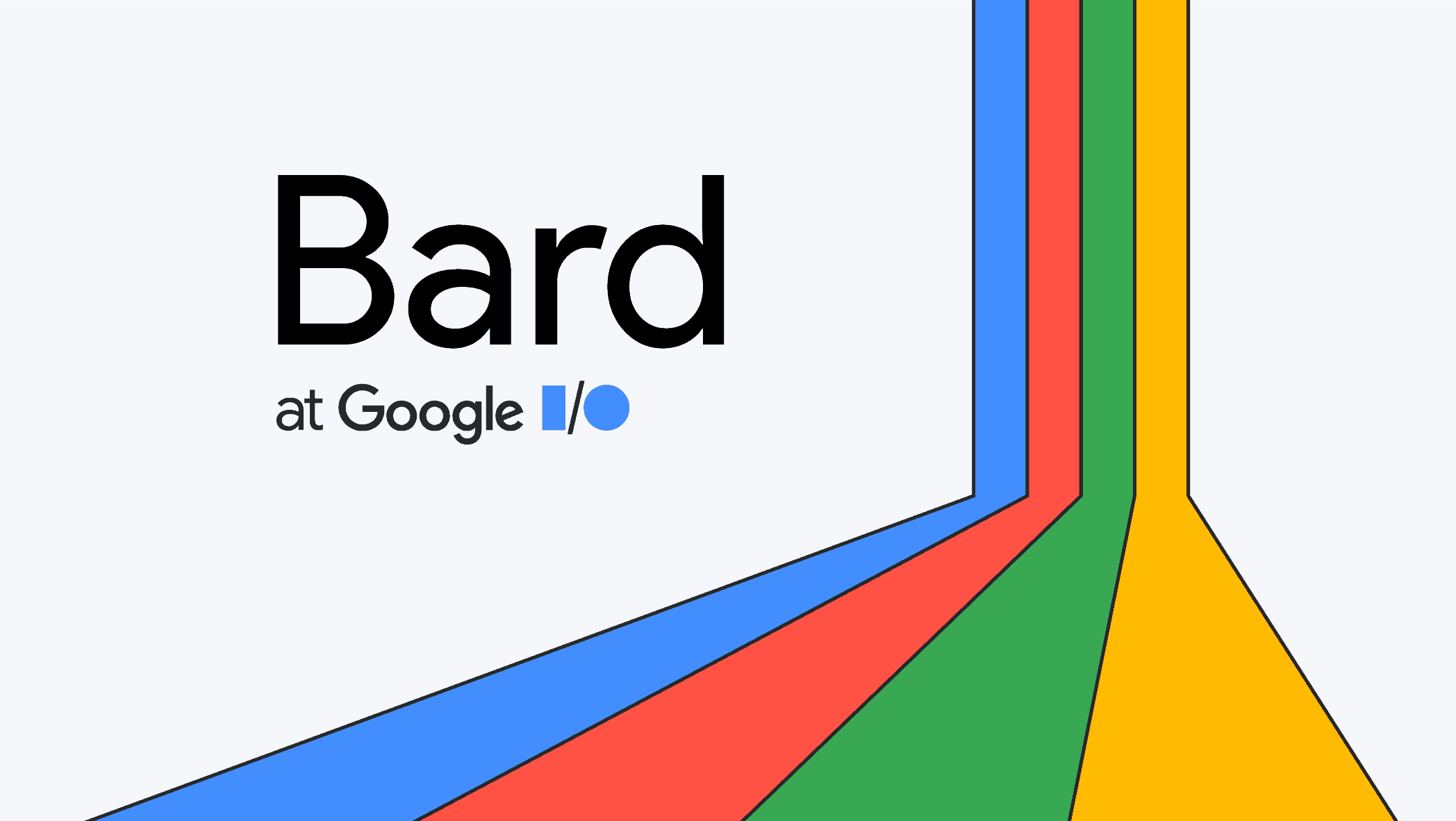
Google unveils Bard, their AI chatbot designed to challenge the popular ChatGPT. Public access is now available for users in the US and UK, but integration into Google’s search engine is yet to be implemented. Get ready to experience a new era of conversational computing as Bard makes its way into the AI chatbot arena.
Early access to bard: A new generative AI
Google has announced a limited public rollout of its AI chatbot, Bard, in the UK and US. The company describes Bard as an “early experiment” in collaborative generative AI, with a focus on productivity, curiosity, and creativity tasks. To gain access, users can join a waitlist at bard.google.com. Google plans to add users on a rolling basis, marking the beginning of an ongoing process and journey.
LaMDA: The Technology Behind Bard
Bard is developed using Google’s LaMDA (Language Model for Dialogue Applications). Like OpenAI’s ChatGPT and Microsoft’s Bing chatbot, Bard is based on a large language model optimized to handle ‘NORA’ queries – questions with no single correct answer. As a conversational AI tool, Bard raises concerns about accuracy, information sources, and ethical considerations. However, Google is determined to catch up with OpenAI in the artificial intelligence race and establish Bard as a worthy competitor.
Interacting with Bard
The interface of Bard consists of a blank chatbox and a disclaimer stating, “Bard may display inaccurate or offensive information that doesn’t represent Google’s views”. Users can type their queries into the chatbox, receiving AI-generated responses. Bard constructs answers word-by-word, allowing users to refine and rate answers using a thumbs up or thumbs down system. Additionally, users can restart the conversation, switch to Google search with the ‘Google It’ button, or view alternative answers to the same query using the ‘View other drafts’ option.
Integration with Google Search: A Step Yet to Be Taken
Currently, Bard remains separate from Google’s search engine, with no integration into search results. Unlike Microsoft’s Bing chatbot, Bard does not provide footnotes with web sources. This separation raises debates on plagiarism and Google’s relationship with third-party websites, echoing existing concerns about instant answers on google.com. The limited release of Bard signifies the start of a longer process, with future interactions and reactions from regulators and content creators yet to be determined.







